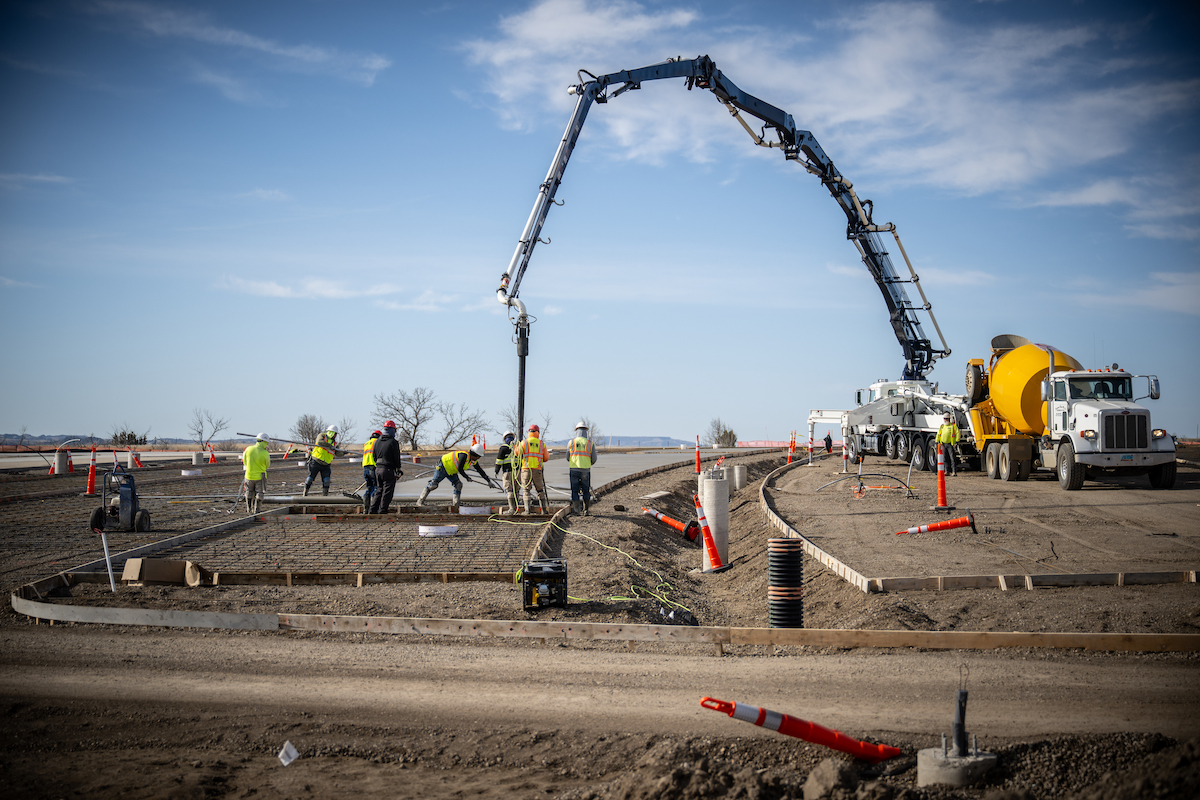“The construction industry unemployment rate in May was even lower than for the overall economy,” said Ken Simonson, the association’s Chief Economist. “Even though average pay in construction is 10 percent higher than in the private sector as a whole, the number of job openings keeps climbing.”
Simonson noted that the unemployment rate for jobseekers who last worked in construction declined to 3.2 percent from 4.4 percent in May 2018, and the number of such workers decreased over the year from 415,000 to 294,000. Both the rate and number of unemployed were the lowest for any month since the series began in 2000, the economist added. Another government series showed that the number of job openings in construction, last reported for April, totaled 360,000, the highest April total in the 19-year history of that series.
Average hourly earnings in construction — a measure of all wages and salaries — increased 3.2 percent over the year to $30.68. That figure was 10 percent higher than the private-sector average of $27.83, the economist noted.
“Many construction firms report they are raising pay and increasing benefits to help recruit from the dwindling pool of available workers,” Simonson added.
Association officials urged Congress and the Trump administration to boost investments in career and technical education and to make reforms to the nation’s immigration system. Specifically, they called on Washington officials to double funding for career and technical education programs over the next five years to expose even more students to high-paying construction career opportunities. They also called for measures to allow more immigrants with construction skills to legally enter the workforce and to address the status of workers already in the country.

| Your local Link Belt dealer |
|---|
| Hayden-Murphy Equipment Co |
“Federal officials can help bring new workers into the construction industry so firms can keep pace with demand,” said Stephen E. Sandherr, the association’s Chief Executive Officer. “Funding more career and technical education programs is a proven way to expose more young adults to the many high-paying career opportunities available in this industry.”




































































